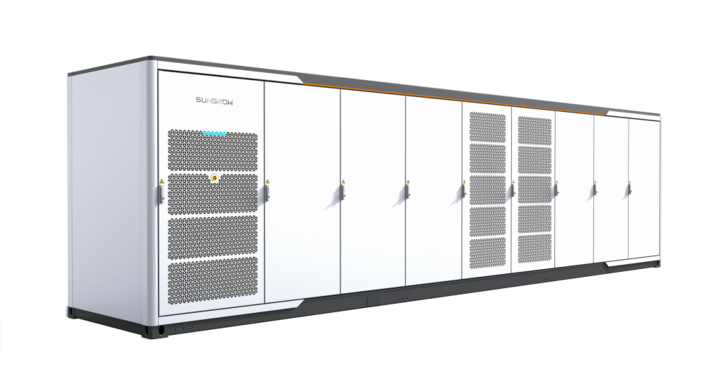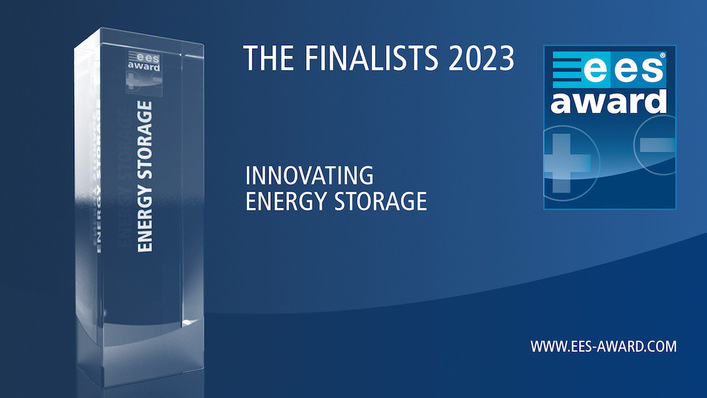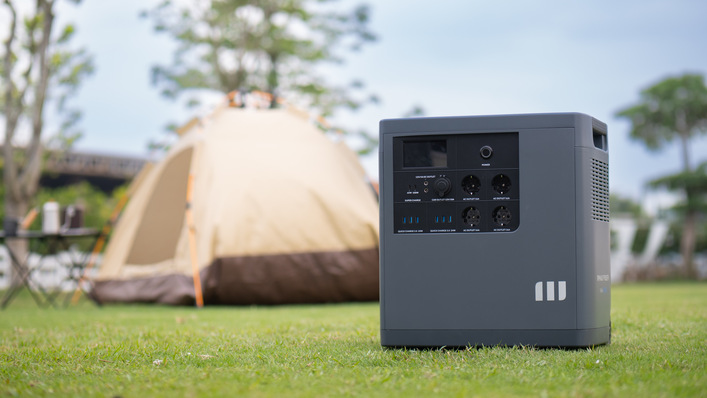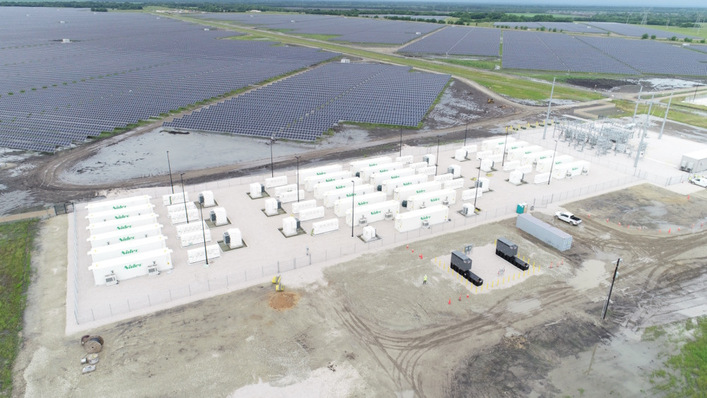Concerns are sometimes expressed about the variability of solar power imposing costs on the power system. The need for ‘back-up’ is cited as a disadvantage of solar power by critics of renewable energy. There has been uncertainty about what these costs are today and will be in the future. However, the Aurora analysis shows that today the cost of integrating solar into the power system, including ‘back-up’, is negligible at only £1.30 per MWh, or less than 2 percent of the costs of solar today. Levelised costs for solar in 2015 were set out by the Department of Energy and Climate Change (DECC) in their banding review consultation as £78 - £99/MWh
Solar as lowest cost form of energy generation
Paul Barwell, CEO of Solar Trade Association (STA) said; “The tremendous growth in local, clean generation has challenged the old power supply model. Yet Ministers can be reassured that the rapid expansion in solar power over recent years has been absorbed efficiently and affordably by the system.” The research shows that more than tripling solar generation to 40GW by 2030 (over 10 percent of annual UK electricity) would increase the costs of managing variability modestly, to a maximum of £6-£7 per MWh. This clarity on the costs of integrating large volumes of solar, together with further expected cost reductions in solar installations, supports the STA’s and other analysts’ expectation that solar can be the lowest cost form of energy generation in the 2020’s.
Smarter power system with battery storage saves costs
However, strikingly the modelling shows integrating solar into a more decentralised, flexible, ‘smarter’ power system, including batteries, actually delivers more benefits than costs to the system. High battery penetration combined with high solar penetration reduces the cost of variability by £10.50 per MWh, resulting in a net £3.70 per MWh benefit. This is because solar combined with batteries allows output to match demand requirements exceptionally closely and requires only a small amount of back up.
Combination of solar and wind with further benefits
The report also highlights and evaluates the portfolio effort of combining solar and wind in the energy system. The modelled scenario follows the ‘High Renewables’ pathway set out by the Committee on Climate Change as a generation mix consistent with the UK’s 2030 carbon budgets. This requires 40GW of solar and 45GW of wind, enough to power 55% of the UK’s electricity system in 2030. The cost impact of solar on the system falls by 25% in this scenario, due to the complementary generation profiles of solar and wind.
Flexible integration of large volumes of renewables possible
Dr Benjamin Irons, a Director at Aurora Energy Research and lead author of the report said; “Recent spectacular technological progress in renewable power generation puts the promise of cheap, low carbon power within reach. The challenge of integrating large volumes of renewables into the network in a way that provides reliable power to consumers and an attractive market for complementary generation technologies is the ‘last frontier’ in delivering the power system of tomorrow. Our analysis shows that such integration is possible and surprisingly affordable: the UK could more than triple the amount of solar power on the system by 2030, with associated costs of integration and backup so low as as to be dwarfed by the enormous cost savings anticipated from falling solar prices over the same period. Battery storage aids integration even further, as does a diverse renewable portfolio including wind.”
Consumers could save billions
Barwell added: “Britain is concerned about its international competitiveness as it exits the EU and moves to ratify the Paris Agreement on climate change. The good news is backing solar power, the UK’s most popular energy technology, looks set to enhance UK competitiveness - so there need be no trade-offs. The report also shows that solar sits right at the heart of the Smart Power agenda, which overall could save consumers billions every year. Solar is an enabling technology which brings down the cost of integrating wind and battery systems. We are on the cusp of an incredibly exciting technological transformation in the power system that the new Department has an exceptional opportunity to drive forwards. If we seize this agenda now, the UK can own the clean energy future.”
Further reduction of integration costs without Hinkley
Interestingly, the variability cost of integrating 40GW of solar is further reduced by 55% to £3.10 per MWh if Hinkley C is not replaced, because the inflexibility of nuclear power also imposes costs and reduces the economics of flexible generation. National Audit Office future projections of energy costs in 2025 anticipate solar power will be the most cost-effective technology option . Future fossil prices are notoriously difficult to forecast but, based on recent NAO forecasts, the analysis suggests solar will be exceptionally cost competitive as well as zero carbon. However, the STA warns the solar industry requires a stable policy framework to deliver lowest cost solar. (HCN)
Related news:







